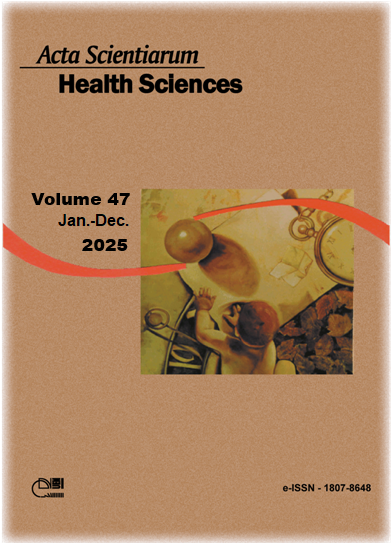Recommendations for the Diagnosis, Treatment, and Management of Gestational and Congenital Toxoplasmosis in Brazil
Resumo
Toxoplasmosis is a zoonosis caused by the protozoan Toxoplasma gondii. It presents severity in patients of certain risk groups, such as pregnant women, fetuses, newborns, and immunocompromised patients. The diagnosis of gestational and congenital toxoplasmosis still poses doubts among healthcare professionals. To perform an analysis of Brazilian official documents with recommendations regarding the diagnosis, treatment, and management of gestational and congenital toxoplasmosis in the country. Official manuals published up to 10 years ago were included in the analysis. Through the analysis of five manuals, it was possible to verify that the diagnosis of gestational toxoplasmosis is primarily performed through immunological tests, with the anti-Toxoplasma gondii IgG avidity test being the best choice for confirming acute disease in pregnant women. For the diagnosis of congenital toxoplasmosis, the most indicated diagnostic tools are the detection of anti-Toxoplasma gondii IgM and IgG antibodies and computed tomography for newborns, and Polymerase Chain Reaction of amniotic fluid during gestation. There is a consensus regarding the treatment and management of gestational and congenital toxoplasmosis in the studied manuals, with spiramycin and pyrimethamine being the drugs of choice for the treatment of pregnant women and newborns, respectively. It is noteworthy that all recommended drugs are available in the Unified Health System (SUS). However, there is still no drug with suitable pharmaceutical presentation for administration in newborns. In this context, prophylaxis is essential for reducing the occurrence of the disease in pregnant women, through proper hygiene and cooking of raw food.
Downloads
DECLARAÇÃO DE ORIGINALIDADE E DIREITOS AUTORAIS
Declaro que o presente artigo é original, não tendo sido submetido à publicação em qualquer outro periódico nacional ou internacional, quer seja em parte ou em sua totalidade.
Os direitos autorais pertencem exclusivamente aos autores. Os direitos de licenciamento utilizados pelo periódico é a licença Creative Commons Attribution 4.0 (CC BY 4.0): são permitidos o acompartilhamento (cópia e distribuição do material em qualqer meio ou formato) e adaptação (remix, transformação e criação de material a partir do conteúdo assim licenciado para quaisquer fins, inclusive comerciais.
Recomenda-se a leitura desse link para maiores informações sobre o tema: fornecimento de créditos e referências de forma correta, entre outros detalhes cruciais para uso adequado do material licenciado.























5.png)







